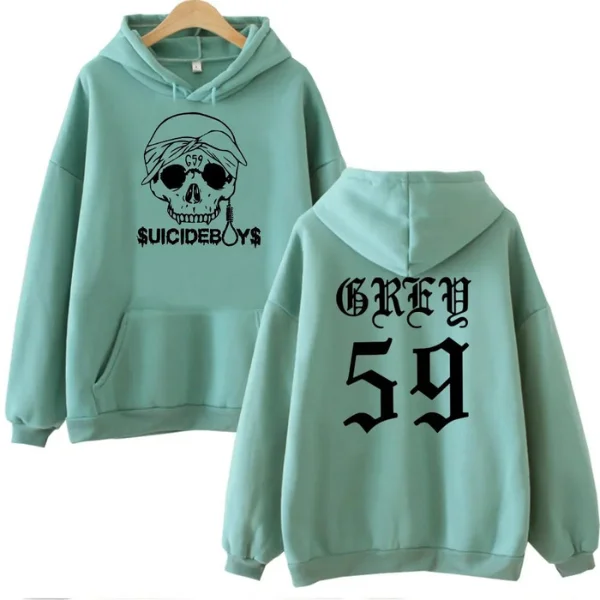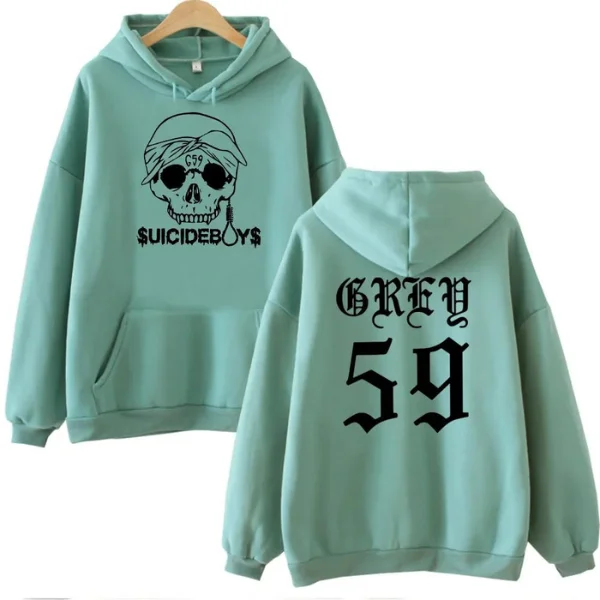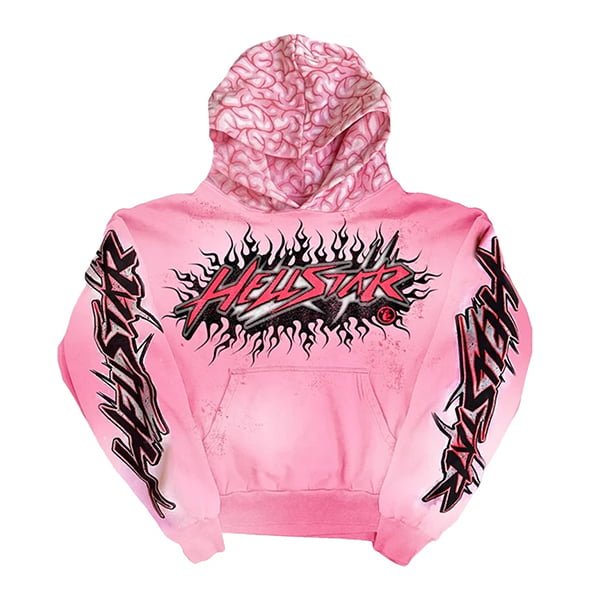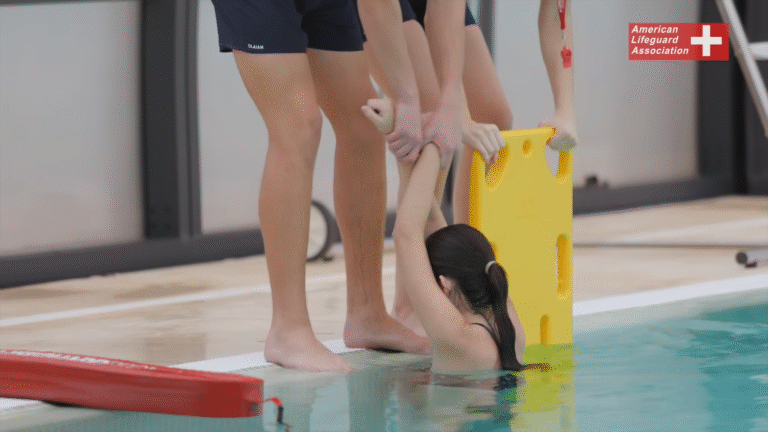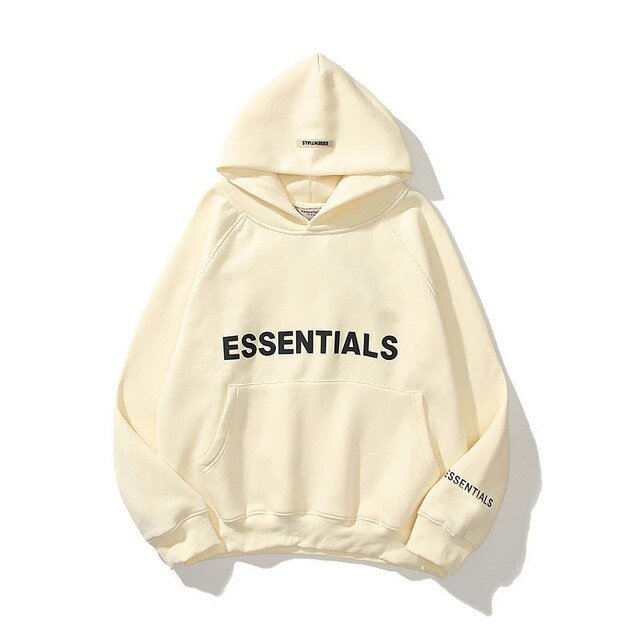
Graduating from college is a milestone that marks the transition from student life to the professional world. One of the most significant — and sometimes overwhelming — changes involves your wardrobe. Gone are the days of hoodies, sneakers, and oversized backpacks. Whether you’re heading into a corporate office, a creative studio, or working remotely, building a Essentials Clothing thoughtful, functional wardrobe is key to making a strong impression and feeling confident in your new role.If you’re a new graduate looking to build a work-ready wardrobe without breaking the bank, here’s a practical guide to the essential pieces you need — and why they matter.
1. Tailored Blazer
A well-fitted blazer is the cornerstone of any professional wardrobe. It instantly elevates your look, even when worn with jeans or a simple dress. Choose a neutral color like black, navy, or gray for maximum versatility. If your workplace leans more creative or business casual, consider adding a patterned or textured option later on.
Style Tip: Look for structured shoulders and darts at the waist to achieve a flattering fit. Avoid anything too boxy or oversized — this piece should feel empowering, not overwhelming.
2. Dress Pants or Trousers
Invest in one or two pairs of quality dress pants. Straight-leg or slightly tapered styles are universally flattering and appropriate for most work environments. Stick to classic colors such as black, charcoal, or navy to allow for maximum mixing and matching.
Fit Tip: The pants should skim your body without being tight, and the hem should hit right at the ankle or just over your shoes, depending on the style.
3. Button-Down Shirts and Blouses
Crisp button-down shirts or elegant blouses are timeless staples. Start with white and light blue or soft pastel tones. These pieces are professional yet adaptable — perfect for layering under blazers or wearing on their own.
Fabric Note: Cotton is breathable and classic, while silk or polyester blends offer a softer, more draped look. Avoid anything too sheer unless layered with a camisole.
4. Work-Appropriate Dresses
A tailored dress can be a one-and-done outfit solution. Look for sheath or wrap dresses in solid colors or subtle patterns. Mid-thigh to knee-length is generally the sweet spot for workplace appropriateness.
Optional: Add a belt to accentuate the waist or throw on a blazer for added polish.
5. Versatile Skirts
A-line or pencil skirts are ideal for business settings. Choose materials that hold their shape and don’t wrinkle easily. Pair with tucked-in blouses or button-downs for a sophisticated look.
Skirt Length Rule: Aim for the hem to fall at or just above the knee for most professional settings.
6. Smart Casual Pieces
For more relaxed environments or casual Fridays, stock up on quality basics like:
-
Solid crew-neck t-shirts
-
Knit sweaters or cardigans
-
Dark-wash jeans with a clean finish and no distressing
These can be dressed up with a blazer or worn more casually with loafers or clean sneakers.
7. Quality Footwear
Footwear can make or break your outfit — and your comfort. Start with two to three essential pairs:
-
Loafers or Oxfords: Perfect for daily wear in most business settings.
-
Closed-toe Flats or Low Heels: Great for formal settings while being easy on the feet.
-
Dress Sneakers: Suitable for business casual environments, provided they’re sleek and clean.
Comfort First: Look for cushioned insoles and avoid stiff, narrow shoes if you’re on your feet a lot.
8. Outerwear for All Seasons
A classic trench coat or tailored wool coat is a must for transitional weather. In colder climates, a neutral-colored parka or pea coat provides both function and style.
Pro Tip: Make sure your coat is long enough to cover blazers or longer layers — a polished look matters when arriving to work or meetings.
9. Professional Bag
Trade in your college backpack for a structured tote, briefcase, or leather backpack that fits your laptop and essentials. It should be durable, organized, and sleek enough to match a professional outfit.
Features to Look For:
-
Laptop sleeve
-
Interior compartments
-
Neutral tones like black, brown, or taupe
10. Minimal Accessories
Keep jewelry and accessories clean, understated, and functional:
-
A classic wristwatch adds a polished touch
-
Simple stud earrings or a delicate necklace can subtly elevate your look
-
A neutral belt can finish your outfit while keeping your trousers in place
Avoid overly flashy or loud accessories, especially in conservative workplaces.
Budgeting and Building Over Time
As a new graduate, building your wardrobe can feel financially daunting. The key is to start with a few high-quality essentials and expand gradually. Prioritize versatile pieces that you can mix and match, and don’t be afraid to shop sales, outlet stores, or trusted second-hand retailers.
Wardrobe Building Tips:
-
Buy fewer, better pieces: Quality often trumps quantity in professional attire.
-
Neutral colors = more outfits: Black, white, navy, gray, and beige mix effortlessly.
-
Check the dress code: Align your purchases with the norms of your specific workplace.
Confidence Is the Best Accessory
More than any blazer or blouse, the most important Essential Hoodies part of your professional wardrobe is confidence. Wearing clothes that fit well, reflect your personality, and suit your work culture helps you walk into your new job with a sense of readiness and self-assurance.
Final Thoughts
Your wardrobe doesn’t need to be massive to be effective — just smart, intentional, and adaptable. Start with these essentials, and over time, you’ll find your own rhythm and style. Whether you’re in a corner office, co-working space, or Zoom call, showing up polished and prepared is one of the simplest ways to start your career off on the right foot.

